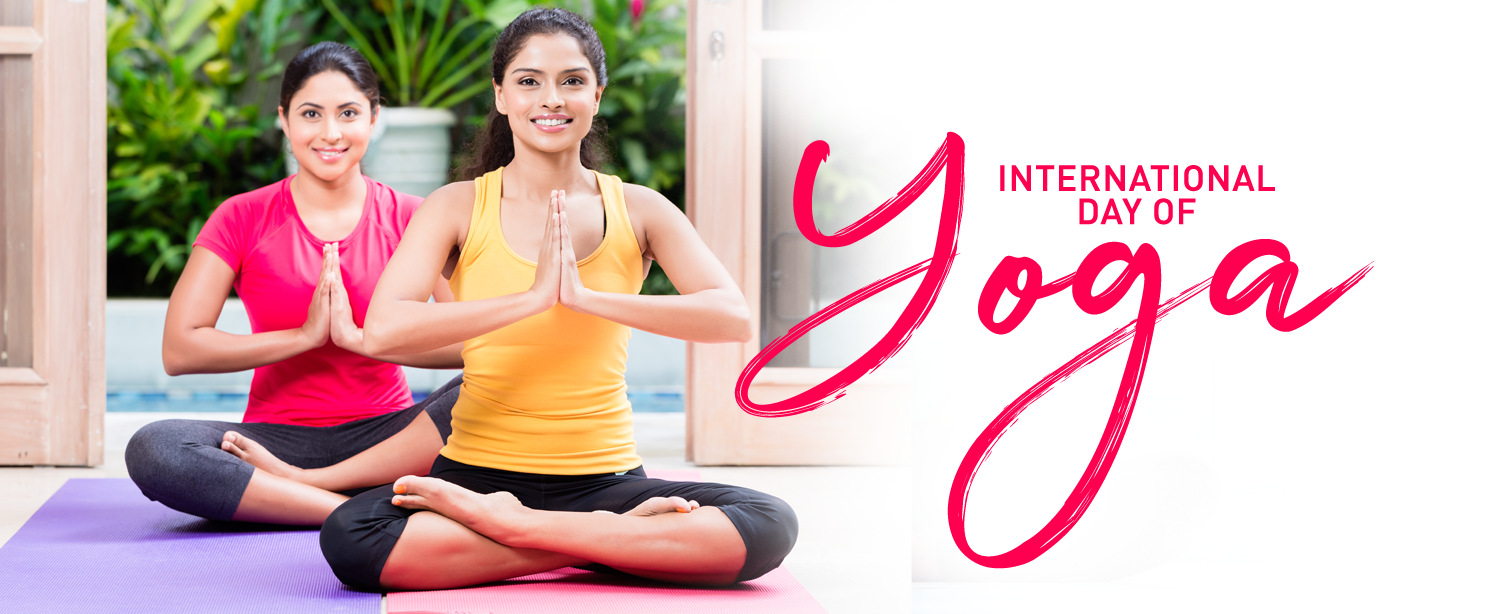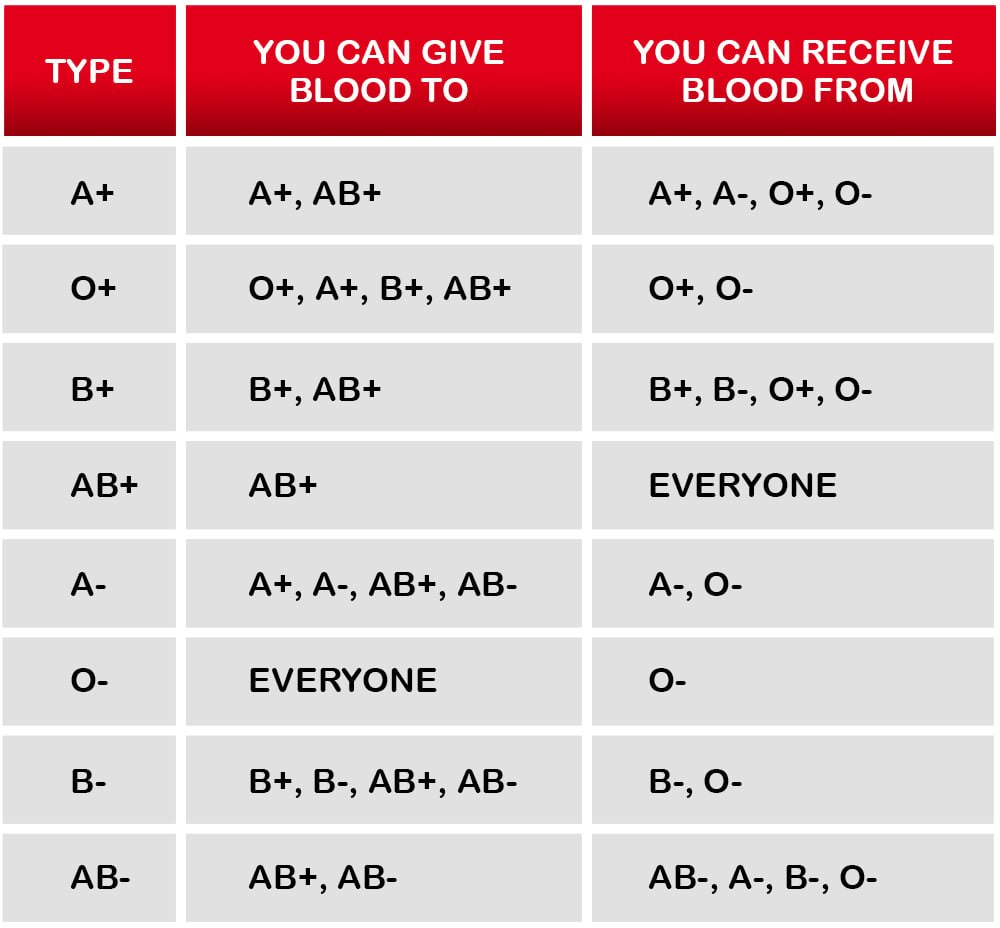The theme for this year’s International Yoga Day on June 21, is “Yoga at Home and Yoga with Family.” This year International Yoga Day will be observed differently. Everyone is advised to stay at home and celebrate this day due to the COVID-19 pandemic. We encourage each one of you to make yoga a part of your life and spread awareness among your family and friends. If you are new to yoga you can refer to various online tutorials by experts to learn the correct form of yoga from the safety of your home.
How should Yoga be practiced?
Yoga should be practiced in a clean and calm environment, with a relaxed body and mind. It should be practiced on an empty or light stomach. A yoga mat or a folded blanket is ideal to perform yoga asanas. Choose to wear comfortable cotton clothes to ensure easy movement. If a person is unwell than yoga must be skipped that day. Also if you are suffering from chronic disease, pain or cardiac problems you must consult a yoga expert before practicing yoga. Pregnant women must speak with their doctor before starting any yoga routine. It is important to perform each asana slowly with awareness of the body as well as breath. Regular practice of yoga helps provide physical, emotional, and mental health balance.
Health benefits of yoga
Yoga is attributed to its many health benefits over hundreds of years. Here are some of the key ones:
- Better Flexibility and Posture
Yoga must become a part of your daily routine to get a body that is strong, supple, and flexible. Regular yoga practice stretches and tones the body muscles and also makes them strong. It also helps improve your body posture.
- Builds Strength and balance
Many yoga poses require you to bear your body weight in new ways, including balancing on one leg (as in tree pose) or supporting yourself with your arms (as in downward facing dog). Holding these poses helps build muscular strength.
- Improves Immunity
Yoga poses help massage various organs and strengthens muscles while breathing techniques and meditation release stress and improve immunity.
- Supports Joint Health
The movements necessary for yoga are low impact, allowing you to use your joints without injuring them. Yoga also helps strengthen the muscles around the joints, lessening their load. - Prevents Back Pain
Increased flexibility and strength can help prevent the causes of some types of back pain. Many people who have back pain have a sedentary lifestyle. Spending long hours in front of your computer also causes tightness throughout the body and spinal compression. Yoga counteracts these conditions. - Helps you Breathe better
Yoga breathing exercises, called pranayama, focus your attention on breathing and teach you how to take deeper breaths, which benefits the entire body. Certain types of breath can also help clear the nasal passages and even calm the nervous system, which has physical and mental benefits. - Helps calm your mind
Yoga asana practice is intensely physical. Concentrating so intently on what your body is doing has the effect of bringing calmness to your mind. Yoga also introduces you to various meditation techniques. These skills help support you overcome an anxiety attack, fight insomnia, and even deal better with childbirth. - Reduces Stress
Regular practice of yoga helps relax your body and eases the stress. Yoga can decrease the secretion of cortisol, the primary stress hormone. - Increases Self Confidence
Doing yoga improves your mind-body connection, giving you a better awareness of your own body. The small subtle movements to improve your alignment helps you feel more confident over time.
Yoga and COVID-19
As the world faces one of its worst pandemics, there’s been a renewed focus on building one’s immunity. While eating right is one way to do it, another time-tested way is to practice yoga. Yoga also helps keep stress at bay in these uncertain times. This is the time to strengthen your defence system and stay positive.
Beginners guide to Yoga
If you are not practicing yoga now is the time to induct this ancient philosophy in your life. Starting your day with morning yoga will keep you energized and active full day. Here are some expert-recommended asanas:
- Naukasana (boat pose)
It increases the efficiency of abdominal muscles, is good for digestion, and reduces belly fat.
- Paschimottanasana (head to toe)
It stretches the calf and hamstring muscles, elongates the spine, and ensures good blood circulation to all the organs.
- Ardha matsyendrasan (half spinal pose)
It makes your spine more flexible and strengthens your side muscles.
- Dwi Pada Uttanasana (both leg raise pose)
It strengthens your core muscles and is an efficient practice to release the extra fat around the abdomen.
- Dandasana (plank pose)
This asana is an excellent way to strengthen the core, burn fat, and increase your overall productivity.
- Viparita Karni (Inclined pose)
This asana helps regulate your digestive process and stimulates the hormone system.
- Kapalabhati (skull cleansing kriya)
Kapalabhati balances and strengthens the nervous system and tones the digestive organs.
- Dhanurasana (bow pose)
It is effective in weight loss, improves digestion, and appetite and boosts blood circulation. It also makes your back flexible.
- Bhujangasana (cobra pose)
This pose improves the flexibility of your back, and tones the abdomen, neck and shoulders. It improves blood circulation and rids you of fatigue and stress.
- Bitilasana (cat-cow pose)
Bitilasana stretches the back torso and neck and strengthens the abdominal organs.
Start a new chapter in your life this International Yoga Day, make yoga a part of your life. Gift yourself physical, mental, and spiritual wellness.



